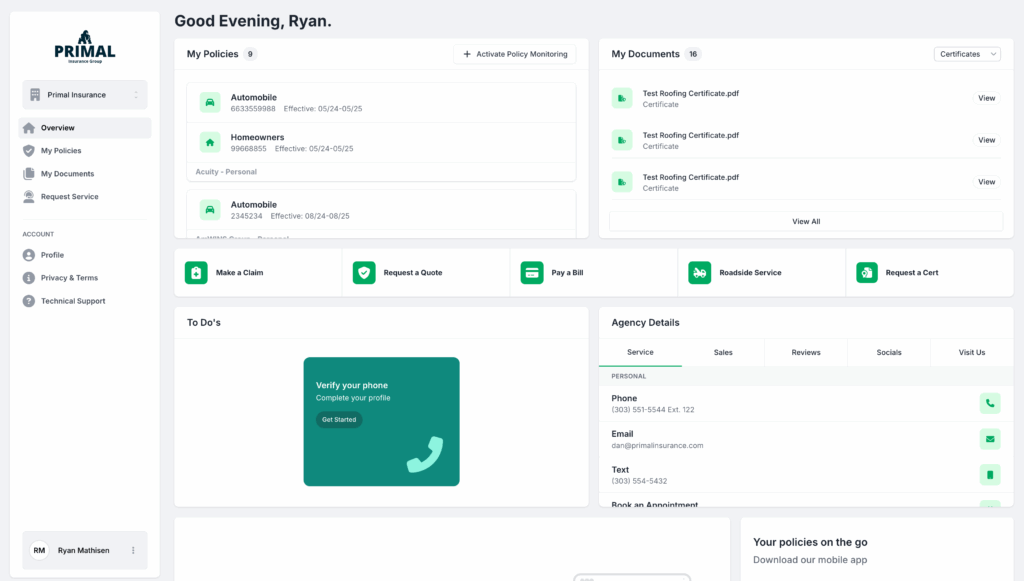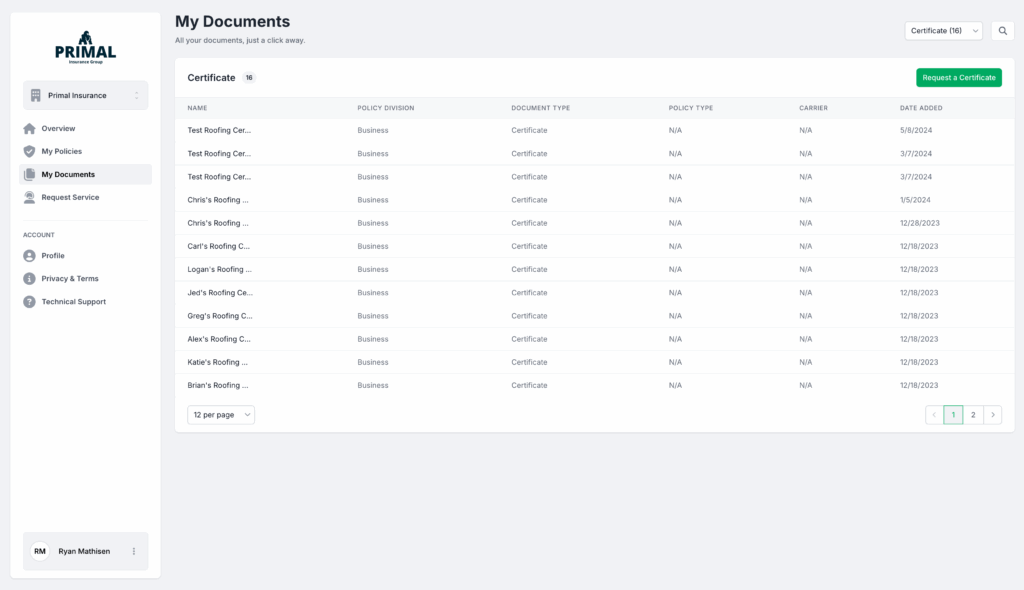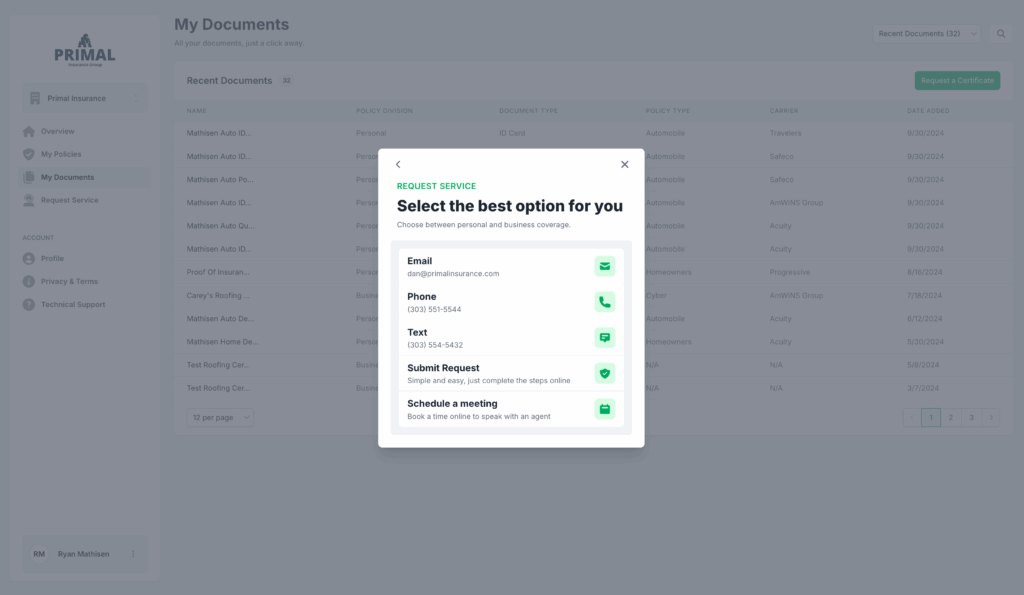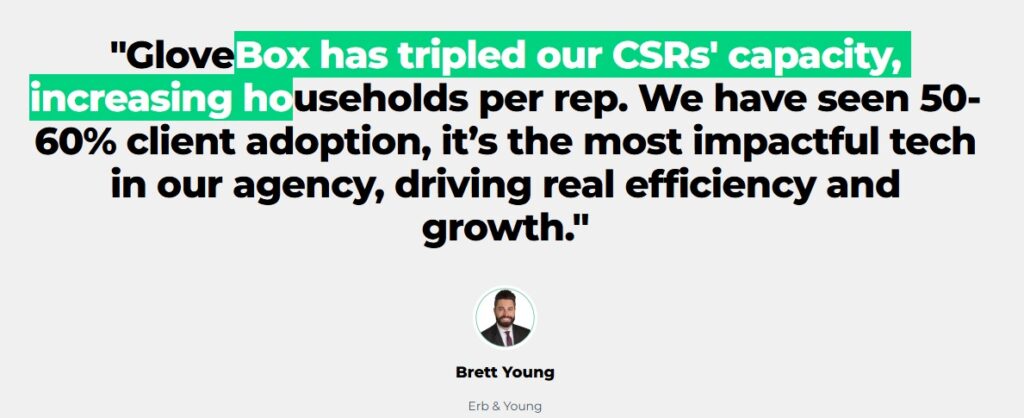Old playbooks don’t work like they used to.
Agencies that thrived in the 90s and early 2000s are now hitting walls.
They’re losing momentum, not because they aren’t working hard, but because the rules of the game have changed.
The biggest threats today aren’t the market, the carriers, or even the competition.
They’re internal.
They’re the outdated beliefs, habits, and systems that agency owners still hold onto.
This article breaks down the most common (and dangerous) problems holding agencies back and how to fix them with better tools, stronger leadership, and a shift in mindset.
TL;DR
The real blockers in your agency aren’t outside forces -they’re internal habits you can change.
In this article, you’ll learn:
- Why saying “we built this on relationships” isn’t enough anymore
- Why is leadership the root of most transformation problems
- Why better onboarding, clearer processes, and fewer distractions keep your best people
- What happens when you stop hiring for experience and start hiring for skill
- Why agencies don’t need more leads but stronger sales teams
- How real growth comes from operational efficiency, not headcount
- How Erb & Young tripled CSR output and doubled revenue with GloveBox
The playbook has changed. It’s time to lead like it.
The No-Tech Myth
Many agency owners still cling to the story that built their success:
“I built this agency on handshakes and relationships.”
And it’s true – it worked in the 90s and early 2000s.
But today, it’s not enough.
Clients don’t just want a friendly voice. They want speed, access, and control.
They expect to download their ID card at midnight, not wait for your office to open.
And they want to check billing, request changes, and pay a bill without having to call anyone.
That’s not impersonal.
That’s professional.
And that’s the shift agency owners need to make.
Technology doesn’t replace the human connection. It removes the friction that gets in the way of it.
Your value isn’t in emailing documents or processing a payment. It’s in giving advice, spotting coverage gaps, and being the trusted expert your client can lean on.
Tools like GloveBox help make that possible.

By automating basic service tasks, you stay focused on the things clients actually value – advice, protection, and confidence.
You’re missing the point if you’re still trying to “prove” your worth by playing fetch for documents.
Clients don’t want an assistant. They want an advisor.
Tech helps you show up as the latter every time.
The Leadership Gap (If You’re Not Driving Change, No One Will)
Most agency owners don’t realize they’ve stopped leading.
They’re still working hard. Still showing up.
But somewhere along the way, they started letting the business lead them instead of the other way around.
You see it in the little things.
The team pushes back on new tools, so leadership backs off.
Clients demand outdated service methods—and leadership gives in.
A new process is introduced, but no one follows it because no one’s really held accountable.
That’s not a tech problem.
That’s a leadership problem.
Digital transformation doesn’t happen just because you bought a platform. It happens because someone at the top insists on adoption.
It happens when KPIs are set, when expectations are clear, and when leaders follow through.
You can’t hand off implementation to your team and hope it sticks.
You have to drive and be the one who says: “This is where we’re going. This is how we’ll get there. And I’ll walk beside you until we do.”
If you don’t lead the change, no one else will.
And without leadership, even the best tools will sit unused.
The Talent Problem Isn’t Going Away But You Can Handle It Better
Hiring is hard.
It always has been, and it always will be. Every agency struggles to find, train, and keep great people.
That’s not just an insurance problem. It’s an everywhere problem.
But the real issue isn’t just talent scarcity. Most agencies try to hire out of inefficiency instead of increasing what their existing team can do.
If your CSRs are drowning in basic service tasks, you don’t need more people. You need better systems.
Because if every new client means adding another body, your margins won’t survive.
Start with onboarding and clarity.
New hires need structure – clear responsibilities, documented workflows, and defined expectations. Don’t just hand them a login and hope for the best.
Next, invest in culture.
People stay where they feel supported. That comes from leadership, training, and the tools they use on a daily basis.
And finally, give your CSRs their time back.
Let tools like GloveBox take Tier 1 tasks off their plate. No one wants to spend half the day emailing ID cards and tracking down billing info.

That’s not meaningful work.
That’s burnout fuel.
When your team spends more time advising and less time processing, they enjoy the job more and stick around longer.
Hiring will always be a challenge.
But scaling your team doesn’t have to mean adding headcount.
Sometimes, it just means giving the people you already have what they need to thrive.
Lack of Processes Is Slowing Everything Down
Every agency has “a way things are done.”
But if that way isn’t written down, tracked, or repeatable, it’s not a process. It’s just habit.
And habits don’t scale.
Too many agencies still rely on tribal knowledge. Ask how something works, and the answer is:
“Ask Susan.”
That’s a red flag.
Because what happens when Susan’s out? Or leaves? Or does the new hire have to figure it out from scratch?
Vague, missing, or outdated SOPs slow everything down.
They create confusion, drop balls, and force your team to spend time, solving the same problem over and over again.
If you want to grow, you need a real process. That means clear playbooks for:
- New client onboarding
- Quoting and follow-ups
- Renewal workflows
- Service requests and escalations
- Cross-sell and upsell triggers
These shouldn’t live in your head or a forgotten Google Doc. They should be part of the day-to-day – visible, accessible, and used.
That is also where technology like GloveBox makes a difference. By automating Tier 1 service tasks, like sending documents or updating billing, it turns loose workflows into structured systems.
The result?
Less chaos. More consistency.
And a team that actually knows what’s expected without needing to “check with Susan.”
Most Teams Don’t Need More Leads – They Need to Learn How to Sell
Most insurance agencies don’t have a lead problem.
They have a closing problem.
Leads come in, but no one knows how to turn them into clients. That’s because too many teams are filled with order takers, not salespeople.
They quote. They wait and hope.
But they don’t guide, persuade, or close.
Agency owners often focus on the wrong things.
They chase marketing campaigns. They buy shiny new tech.
But they never stop to ask: Can my team actually sell?
Sales is not a personality trait. It’s a skill that needs to be taught, practiced, and improved over time.
The best agencies don’t win because they have better ads. They win because their producers and CSRs know how to prospect, pitch, and close.
If you want to grow, stop looking for magic lead sources.
Start building a culture where sales is a craft, not an accident.
Invest in your people.
Teach them how to sell insurance, not just explain it.
The payoff is massive.
And it starts with treating sales like the engine it is, not a side hustle.
Don’t Hire More – Do More with What You Have
Most agencies think growth means hiring.
More clients? Add another CSR.
More volume? Bring in another producer.
But that model breaks fast.
It crushes your margins and burns out your staff.
The truth is, you don’t need to scale headcount to scale your agency. You need to scale capacity.
That starts by measuring how much each person can handle and figuring out how to increase that without sacrificing quality.
Instead of asking, “Who do we hire next?” Ask, “How can we make our team more efficient?”
That’s where technology changes the game.
With tools like GloveBox, your team doesn’t have to spend hours handling Tier 1 service work, sending documents, answering billing questions, or tracking down basic policy info.

Clients handle it themselves. CSRs get their time back.
And that time can be reinvested where it matters – retention, upsells, and better client experience.
Growth doesn’t come from more bodies.
It comes from better systems, smarter workflows, and a team that’s finally free to do the work that moves the needle.
A Real-World Example – Erb & Young (From 400 to 1,500 Households Per CSR)
Let’s move from theory to proof.
Erb & Young is a Florida-based independent P&C agency with both personal and commercial lines.
In just three years, they grew from $3 million to over $6 million in revenue without sacrificing service quality or burning out their team.
Here’s how they did it.
The challenge
As the agency expanded, the biggest constraint wasn’t lead flow or quoting capacity.
It was service bandwidth.
They had a new business pipeline.
But like most growing agencies, they hit a wall when it came to delivering insurance effectively at scale.
Hiring more CSRs helped, but it wasn’t sustainable.
They needed a better solution.
The solution
Erb & Young implemented GloveBox to give clients a self-service option and expand their service capabilities without growing headcount.
In the words of their team:
“A strong new business pipeline is useless without the capacity to support it. Many agencies hit a growth plateau because they can’t scale their service operations.”
The results
Before GloveBox, each CSR handled 400 to 500 households.
After GloveBox, that number jumped to 1,400–1,500 per CSR – a 3x increase.
That transformation wasn’t driven by overwork.
It was driven by automation and client adoption.
Over 50–60% of their customers now use self-service to handle routine requests.
Clients love the convenience.
CSRs love having more time for meaningful work.
And the agency gets to scale without bloat.

Erb & Young fixed the bottleneck that stops most agencies – service capacity.
And they did it with a simple shift in tools and mindset.
The Bottom Line
You can’t fix today’s problems with yesterday’s thinking.
The agencies that thrive aren’t the ones with the longest legacy but the ones that evolve.
They invest in leadership, process, sales culture, and the tools that make their teams more efficient.
That means documenting what matters, training people well, and eliminating busy work that holds back your best staff.
GloveBox doesn’t replace your people. It gives them the space to do what they’re actually good at.
And that shift from reactive to proactive takes an agency from stuck to scaling.




